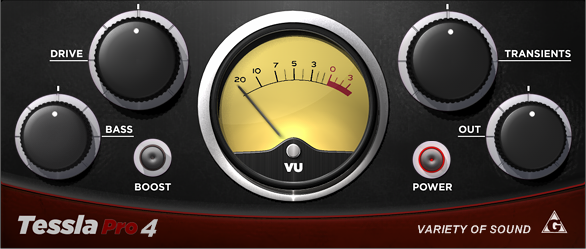all the analog goodness in subtle doses
Designed for mixing and mastering engineers navigating the digital realm, TesslaPRO strikes a balance between analogue character and modern precision. By reintroducing subtle artefacts from the analogue world into the digital domain, it delicately colours sound, refines transients, and weaves depth and dimension into the stereo field to achieve the coveted cohesive sound that defines professional mixes.
Version 4 introduces a new transformer model, integrating hysteresis effects for enhanced realism. It brings simplified gain staging to ensure consistent performance across a broad range of input levels and automatic output volume compensation allowing engineers to maintain control and predictability in their audio processing workflows. The plugin has been engineered for efficiency, further enhancing the workflow without compromising system resources.
Available for Windows VST and VST3 as freeware. Download your copy here.













Recent Comments